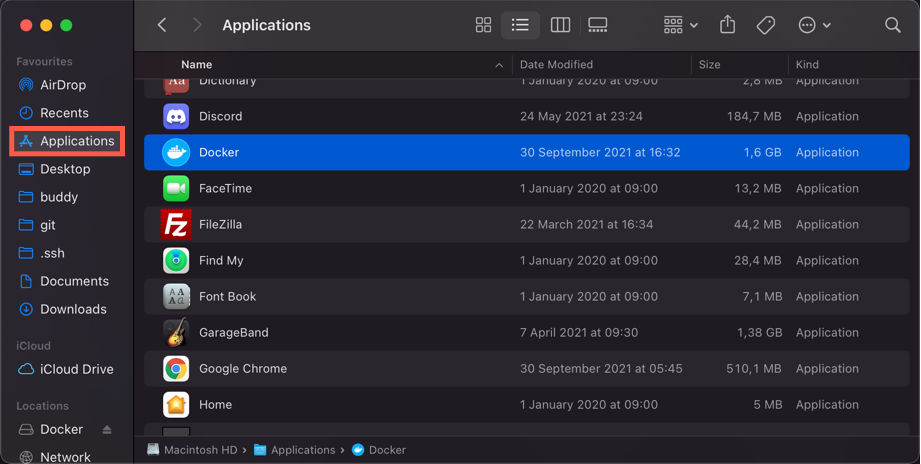Features highlight:
Buddy Up Mac Os 11
Flat and hierarchical file listings. Sync Buddy displays your handheld's files in either a flat form (all files together) or a hierarchical directory that encloses each application and its data file(s) in a separate folder. Backup files can be stored on your computer using the same arrangement, so it's always easy to find what you need. You can also display and backup files in a flat manner, according to your taste and needs.
- Additionally, the toolkit supports multiple integrations and features to offer hours of entertainment and fun. The program is available for multiple OS, including Windows, Android, Linux, etc. While the software doesn't have an alternative, players can try Tencent Gaming Buddy, Facebook Gameroom, and Ubisoft Connect for other gaming options.
- If your Mac is using an earlier version of any Mac operating system, you should install the latest Apple software updates, which can include important security updates and updates for the apps that are installed by macOS, such as Safari, Books, Messages, Mail, Music, Calendar, and Photos.
- Text to Speech in Mac OS X; The Zoom Tool in Mac OS X; Changing the Display Contrast in Mac OS X; Changing the Cursor Size in Mac OS X; Using Mouse Locator to Make the Cursor Easier to Find; Making the Dock Easier to See; Making the Icons on Your Computer Easier to See; Setting Up Your Computer to Announce Alerts with Text to Speech.
Worry-free backups. Use the Full Backup command to back up all of your Palm handheld's contents, including third-party files and databases for the built-in applications, or use the Incremental Backup command to back up only what's changed. Black shark - flight sim mac os.
This is a great post, but it's a bit out-dated since Leopard (Mac OS 10.5) came out and did away with NetInfo Manager. The procedure for making a Mac OS X system look like new for Leopard and Snow Leopard is as follows: 1. Boot into single user mode (hold command-S during startup) 2. Mount -uw / (this is to mount the filesystem as read/write.
Instant transfers. Just drop Palm databases and applications in the handheld window to install them without running HotSync™. To install files at specific locations on removable media, just drop them at the right location like you would in the Finder. Hallway haunt mac os. Drag files to your computer to directly retrieve them from your handheld.
Easy pictures management. Display the pictures your handheld contains with a simple click. Use drag-and-drop to copy pictures to iPhoto, to your computer or to any other application. Install pictures in a snap, and delete the pictures you don't need anymore.

USB, Bluetooth, WiFi/Network support. Sync Buddy can connect with handhelds over USB and Bluetooth, but also accepts connection coming from the network. This allows you to use WiFi to connect your handheld to Sync Buddy, but also to connect handhelds remotely through the network by using Network HotSync.
Removable media support.Drag-and-drop files to and from expansion cards (SD/MMC cards, Memory Sticks, etc). The install and backup experience on expansion cards is better than ever with Sync Buddy!
Install Docker for Mac
- Download the Mac OS X version from https://download.docker.com/mac/stable/Docker.dmg.
- Double-click on
Docker.dmgto open the installer and drag the Docker icon to the Applications folder.
Authorize Docker.app with your system password to proceed. Privileged access is needed to install networking components and links to the Docker apps.
- Double-click
Docker.appto start Docker: a whale icon in the status bar will indicate that Docker is running, and accessible from a terminal.
- Now we have to assign RAM to Docker that will be used by Buddy Enterprise. Click the whale icon in the status bar and go to Preferences:
- Set the memory to 4 GB:
NOTE: If you're planning to run heavy workloads with Buddy Enterprise we recommend assigning at least 8GB of RAM. You can read more about the system requirements of Buddy Enterprise here.
Buddy Up Mac Os X
Install Buddy Enterprise
With the Docker all set, we're ready to install Buddy Enterprise.
Run the following in the terminal:
This command will download 2GB of Docker image. If you are having any trouble with the download, please contact us for assistance.
NOTES:
- Buddy uses ports 80, 443 and 22 on the installation server. You will be asked for an alternative port if one of the ports is unavailable.
- By default Buddy installs in your HOME directory. You can change the storage path for databases, repositories, and settings in the configuration settings
- If you are connecting through proxy server, add
HTTP_PROXYenvironment variable pointing to the proxy address. You can do this by calling in bash:
Set up your workspace
When the installation is over, Buddy Enterprise will launch and the URL to your instance will appear.
Copy and paste the link to your browser to begin.
Buddy Enterprise uses a self-signed certificate for SSL. You may see a warning about this upon accessing your workspace for the first time. There's nothing to worry about: you can safely proceed to the website.
Buddy Up Mac Os Catalina
Provide the details of your first workspace:
Congratulations!
You've just successfully installed and configured Buddy Enterprise on your own server. Make sure to check out our guides for inspiration and some good practice that will help you get started.
Good luck in your ventures!The Buddy TeamTwitter.com/BuddyGit
Questions?
Not sure how to configure a pipeline for your process? Reach out on the live-chat, contact support, or ask our community on our forum.
Sign up for Buddy Digest
Best practices on CI/CD and fresh changelogs delivered weekly to your inbox.
